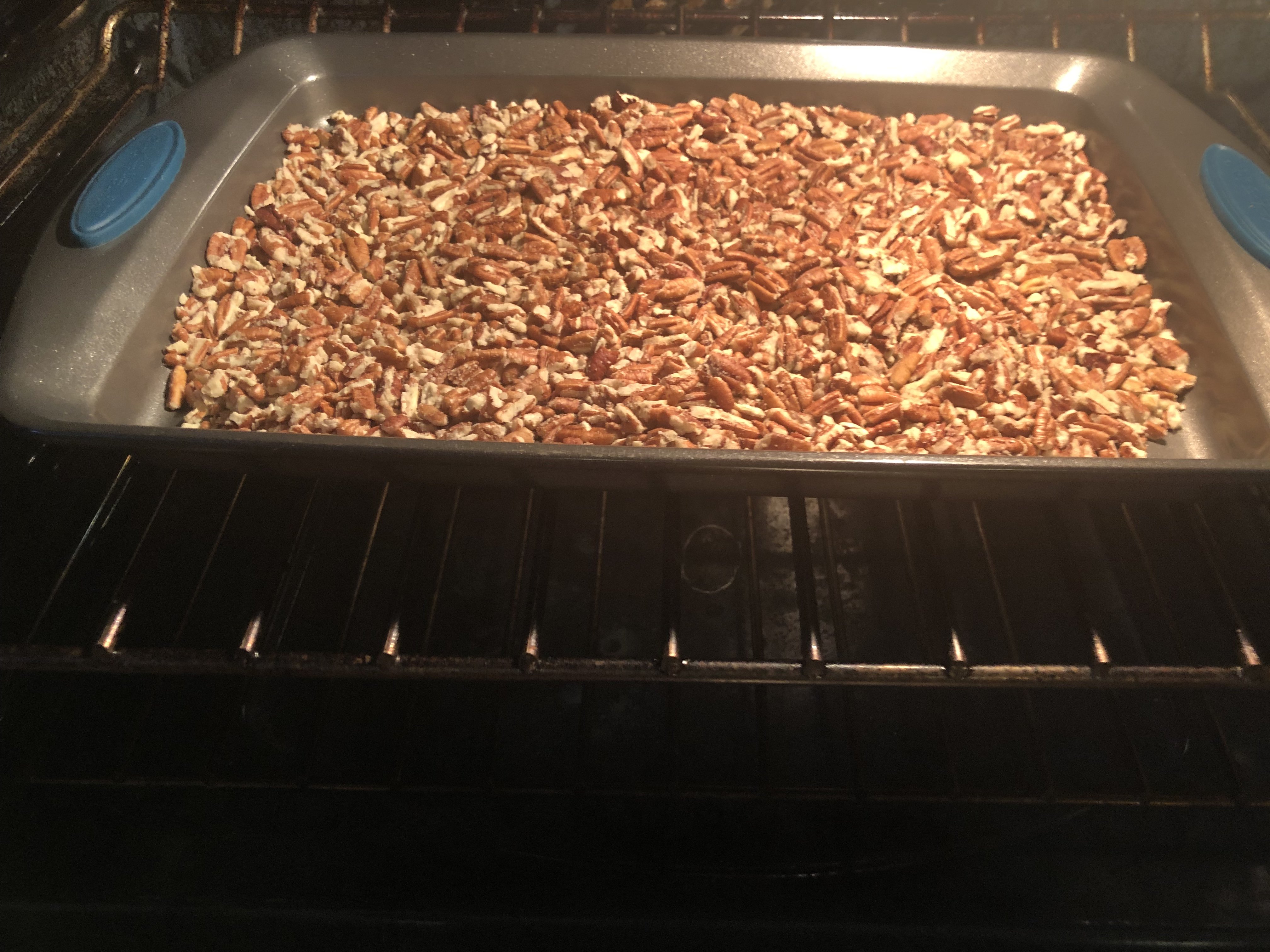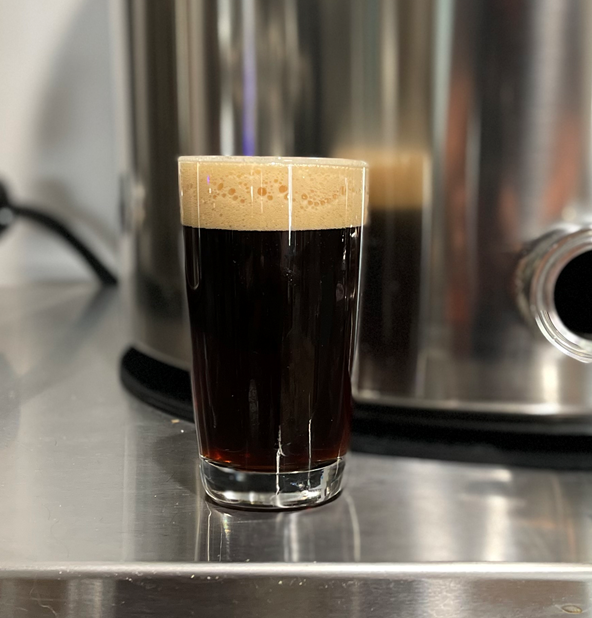I've read about (and used) a lot of different methods for sanitizing ingredients added in secondary (fruits, spices, nuts, etc).
But I've never read about simply boiling a small batch of DME and using that hot liquid to sanitize. (Such as - heat to 160F and soak addition for 5 minutes).
is there any obvious reason why this wouldn't work?
I was sanitizing toasted pecans (yes, I know the draw backs/warnings) in whiskey (yes, I know.....) when I realized I was going to need way more whiskey than I thought (and a lot more than I thought advisable). So I decided to just boil a cup of RO to 200F and mix in a cup of DME, let it cool to 160, and then pour that over/into the jar with the pecans and whiskey. The resulting smell (and taste) was great. I've already dumped it in (so no going back now), but I'm wondering if there is a problem or drawback to this method that I am missing......
....and now, the pics.......



But I've never read about simply boiling a small batch of DME and using that hot liquid to sanitize. (Such as - heat to 160F and soak addition for 5 minutes).
is there any obvious reason why this wouldn't work?
I was sanitizing toasted pecans (yes, I know the draw backs/warnings) in whiskey (yes, I know.....) when I realized I was going to need way more whiskey than I thought (and a lot more than I thought advisable). So I decided to just boil a cup of RO to 200F and mix in a cup of DME, let it cool to 160, and then pour that over/into the jar with the pecans and whiskey. The resulting smell (and taste) was great. I've already dumped it in (so no going back now), but I'm wondering if there is a problem or drawback to this method that I am missing......
....and now, the pics.......







